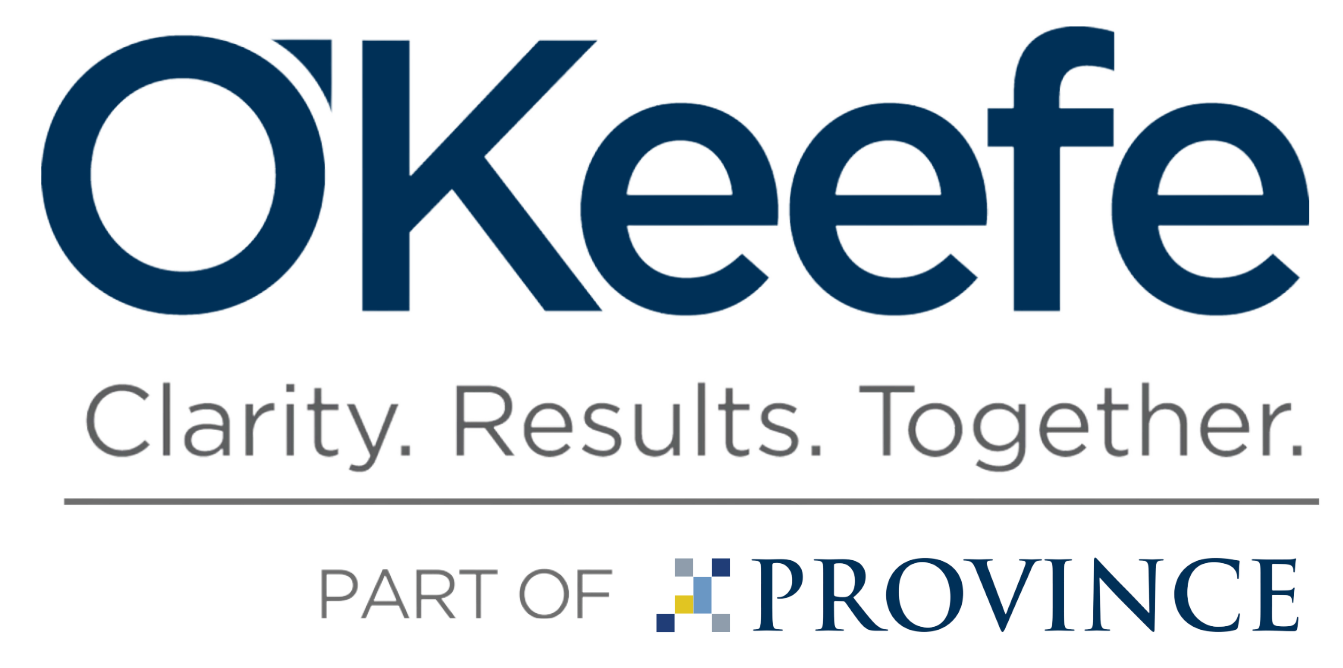Propering in an Uncertain Market
By Mike Deighan, Managing Director
In the first few weeks of 2016, O’Keefe conducted its 4th annual Middle Market Survey. This year our survey was sent out to over 3,000 business executives, bankers, accountants, attorneys and investment professionals.
The US economy has improved dramatically since our first survey in 2012. Domestic auto sales topped 17.4MM vehicles in 2015, and may hit 18MM in 2016. Oil prices have seen their steepest declines since the 90’s costing 250,000 oil job losses. Stock prices have been erratic at best since the first of the year.
What does all of this mean? With such mixed signals, the question really comes down to whether the economy is still doing okay or is the ice cracking? Here are some of the results of our Middle Market Survey. And the fed rate still sits at precariously near zero.
71% of respondents stated they met or exceeded their 2015 revenue projections unchanged from 2014. However, in 2013 77% met their projections and in 2012 it was a whopping 84%. This is not moving in the right direction. Almost 75% of respondents who met or exceeded their revenue projections found their success from existing customers but they also rely on generating new customers for sales growth. New products and acquisitions remain less important to generating new business.
For those that did not meet their revenue projections for 2015, 57% saw a drop from existing customers up from 25% in 2014. Further, shortfalls from new customers fell from 80% in 2014 to 46% in 2015.
It appears that new customers are placing more orders and existing customers are cutting back.
Our next question asked which of 8 factors impact Middle Market Companies the most. Our respondents found that healthcare costs remained the number one negative factor on profitability rising to 80% from 60% in 2015. The Domestic economy was the most positive factor on profitability with 70% of respondents saying it will have a positive or no effect on their business mirroring the 2015 survey. However, the global economy, global unrest and regulatory requirements continue to dog the profitability of middle market companies.
This year’s survey found a more balanced number of factors that company’s use as a barometer for the overall health of the middle market. The number one factor impacting profitability was the unemployment rate. However that factor fell from 52% to 28% from last year among respondents. This was followed by GNP at 26% and auto production at 22%.
Capital spending continues to be strong and remains unchanged from the 2014-15 surveys. 61% of respondents predict an increase in capital expenditures. However back in 2013, only 16% of respondents felt that capital expenditures would increase. On the M & A front, the survey suggests that the M & A market remains active to very active with 90% saying it is active. In 2015 those numbers were 88% and in 2014 there were 74%. This appears to be a direct reflection on the strength of the auto industry.
When asked to rank the relative strength of 12 Middle Market industries, this year’s respondents believe that each business sector will remain neutral or strong in 2016 with the auto industry leading the way at 79%. This is 10 points higher than 2015. Agriculture, healthcare and retail/dealers remain the weakest perceived sectors.
Although our respondents remain relatively upbeat on the Middle Market economy this year, there are chinks in the armor appearing. Job losses are continuing to mount in the oil sector. Retail is still struggling with more store closings and bankruptcy filings. And we have an election year the likes of which we have not seen in this country in over 100 years. 2016 is going to be an interesting year.


